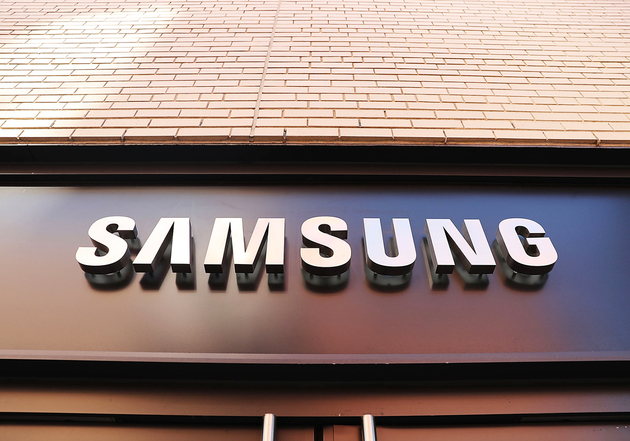
Photo/VCG
Dec.6 (NBD) -- Samsung is to launch foldable smartphones in 2019, which will be available in the Chinese market, news outlet the 21st Century Business Herald learned from Samsung's China unit Wednesday.
Industry insiders estimated Samsung's new foldable smartphone would be priced at over 10,000 yuan (1,457.7 U.S. dollars) per unit in the Chinese market.
It's noted that Samsung is speeding up the time-to-market of its foldable smartphone in a bid to revive its smartphone business.
According to market information provider IDC China, Samsung shipped around 700,000 smartphones in China in the third quarter of this year. Specifically, it held a market share of 0.9 percent in the country in the first three quarters of this year, down from less than 3 percent in 2017 and 5.5 percent in 2016.
The South Korean smartphone maker is apparently facing growing fierce competition in China. However the launch of the foldable smartphone could not necessarily relieve its stress.
Wang Xi, smartphone industry analyst with IDC China, said to the 21st Century Business Herald that the phone is not attractive enough to customers in terms of price-performance ratio although it is a new exploration for phone makers.
In addition, such products' performance and battery life have to be further improved. Taking the world's first foldable phone released by Royole as an example, some software can not run normally when the phone switches between folded and unfolded states. Sometimes UI icons will be deformed when the display rotates.
Wu Yijie, visiting lecturer at Institute for China Business of HKU SPACE, noted that smartphones except iPhones nowadays have very little differentiation. Compared with home-made smartphones, that of Samsung and LG have no technology advantages.
To Wu, Chinese consumers are more concerned about price-performance ratio. But given the high cost of Samsung in China, it is hard for the South Korean firm to win Chinese customers even with favorable prices.
Apart from lowering cost, Samsung has to improve its localization strategies in terms of both distributing channel and product innovation in the Chinese market.
Prior to July 2017, Samsung's China unit kept a 3-layer structure and only its headquarters in South Korea has the product design right, making it very inefficient in introducing new functions to meet the demand of the target market.
Restrictions on distributing channels, for example, insufficient attention to Internet-based distribution, also prohibited its localization operations.
Currently, the smartphone maker has returned to the national agents model with 3 agents in total in China and has delegated some pricing rights to its China region.
Samsung is making changes but the measures cannot achieve targeted results overnight. After all, it takes time to improve brand reputation and localization is what Samsung has to improve, said the industry insider mentioned above.
Email: tanyuhan@nbd.com.cn


 川公网安备 51019002001991号
川公网安备 51019002001991号





